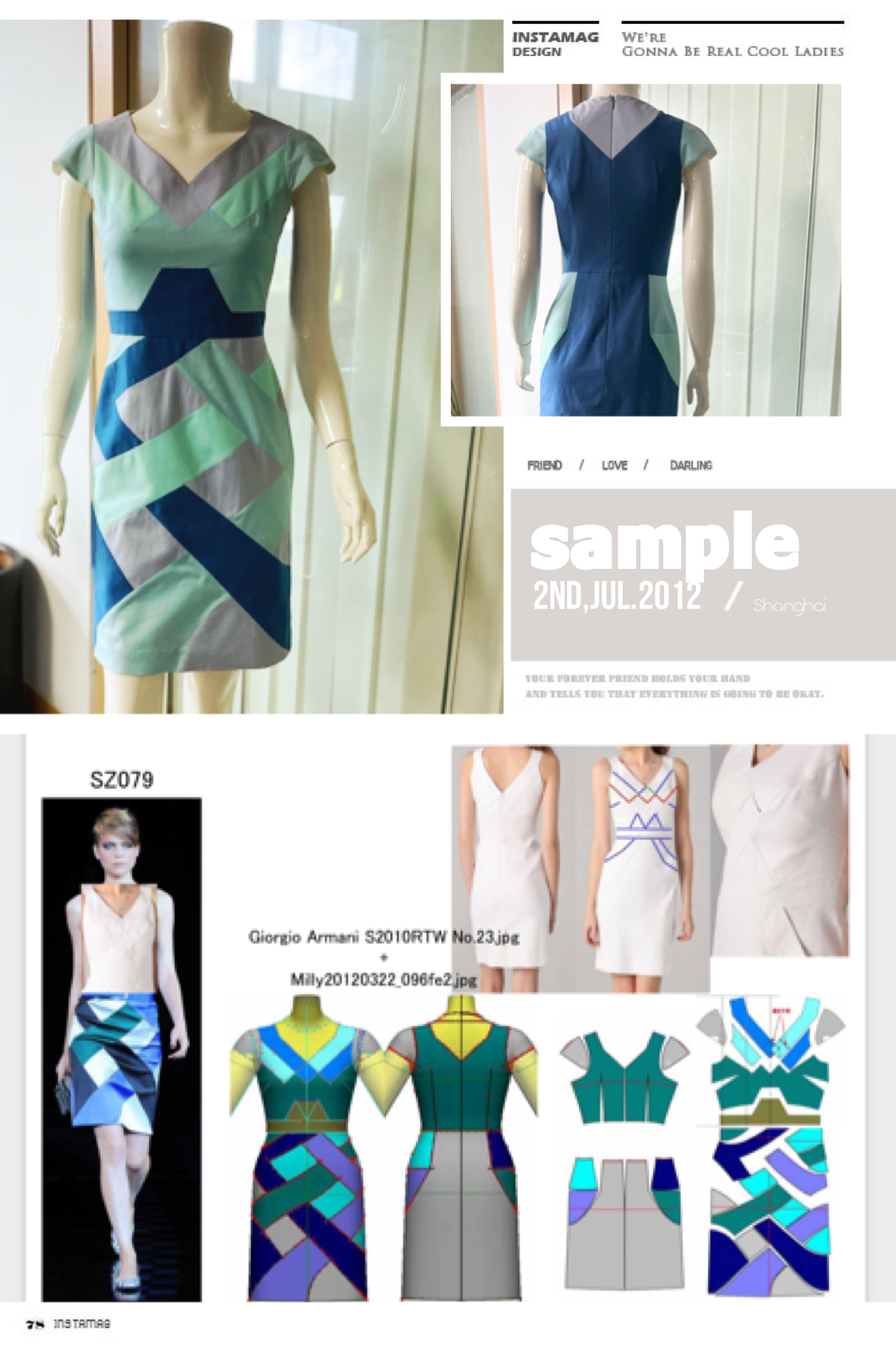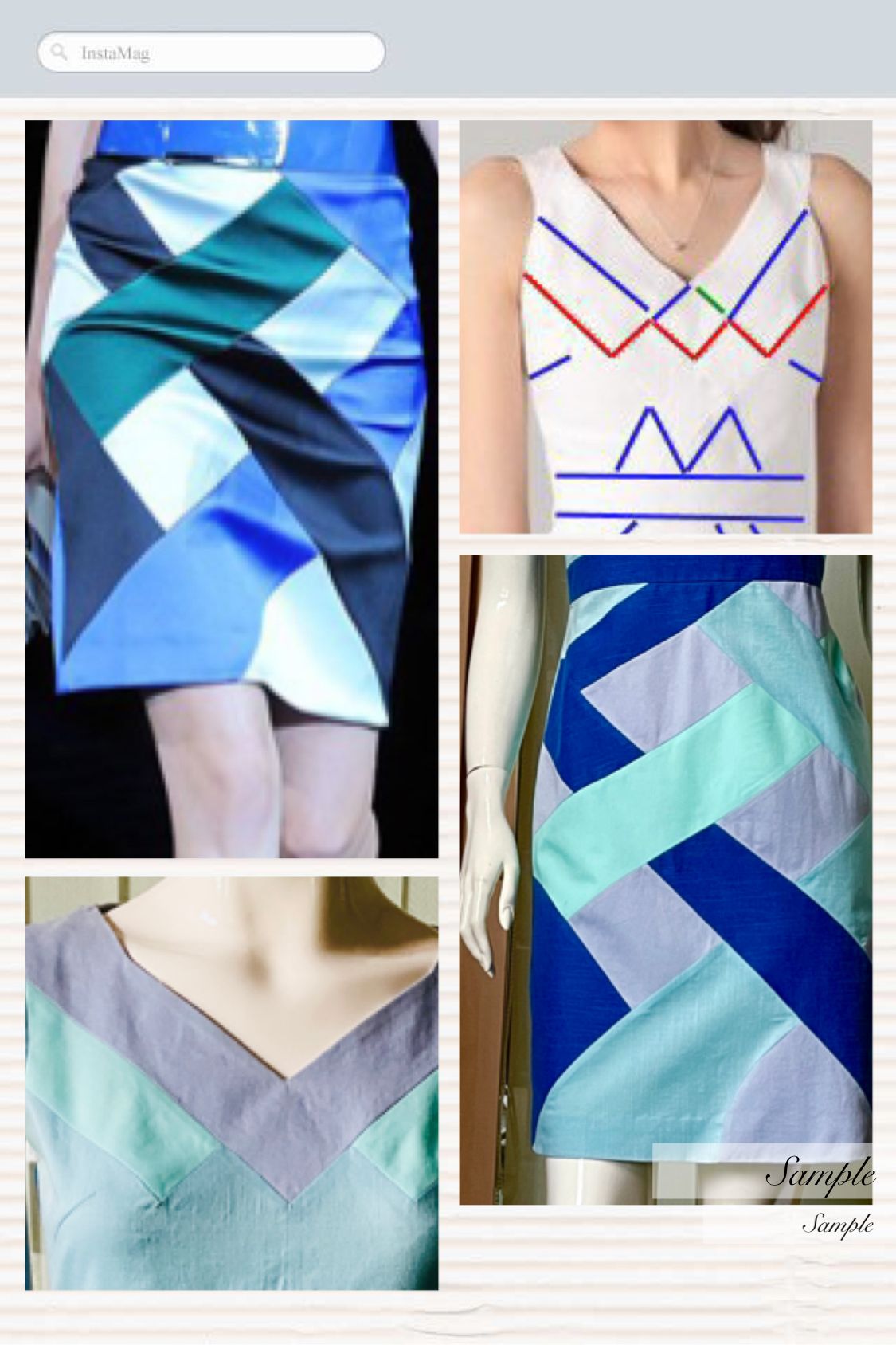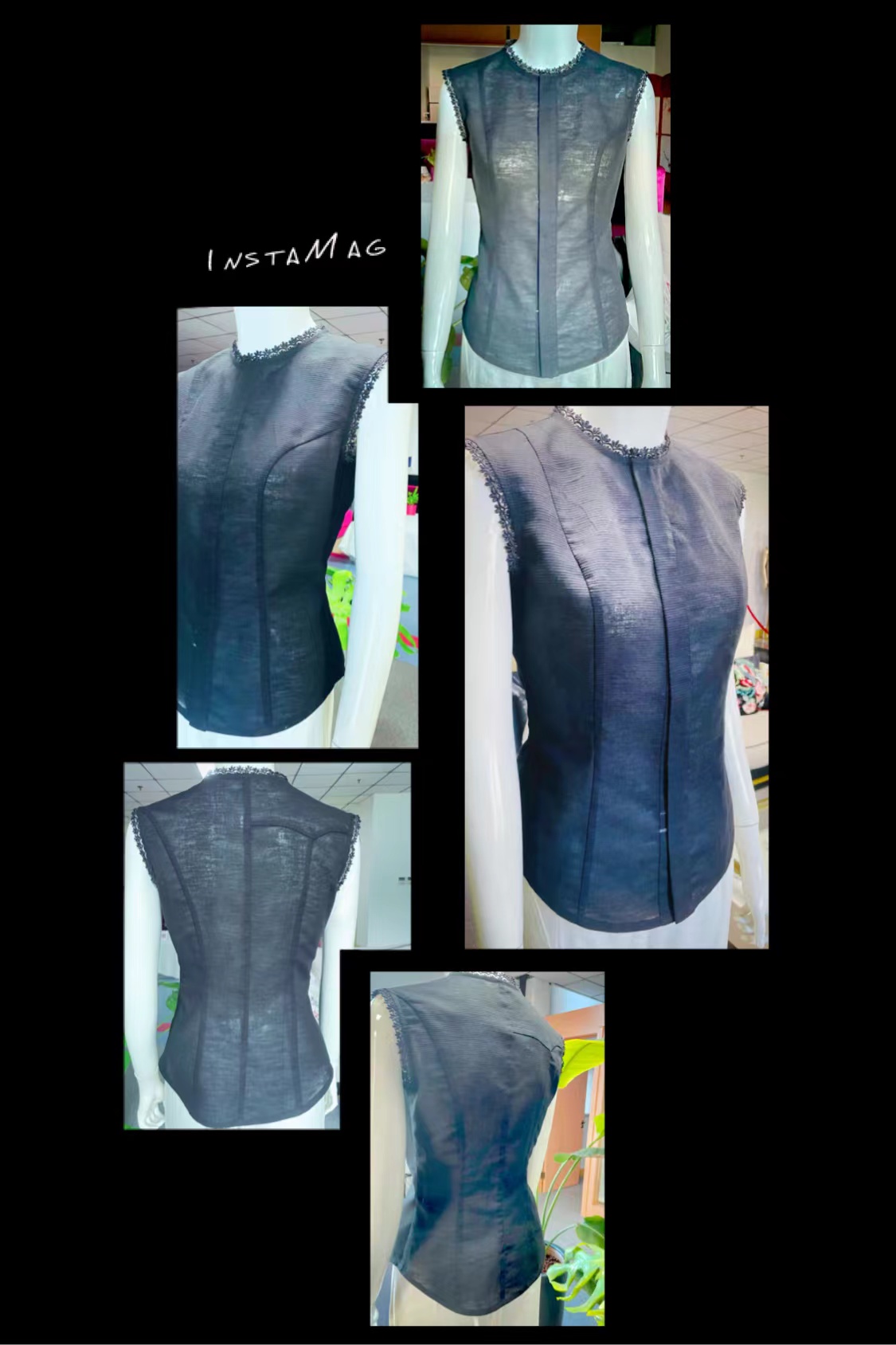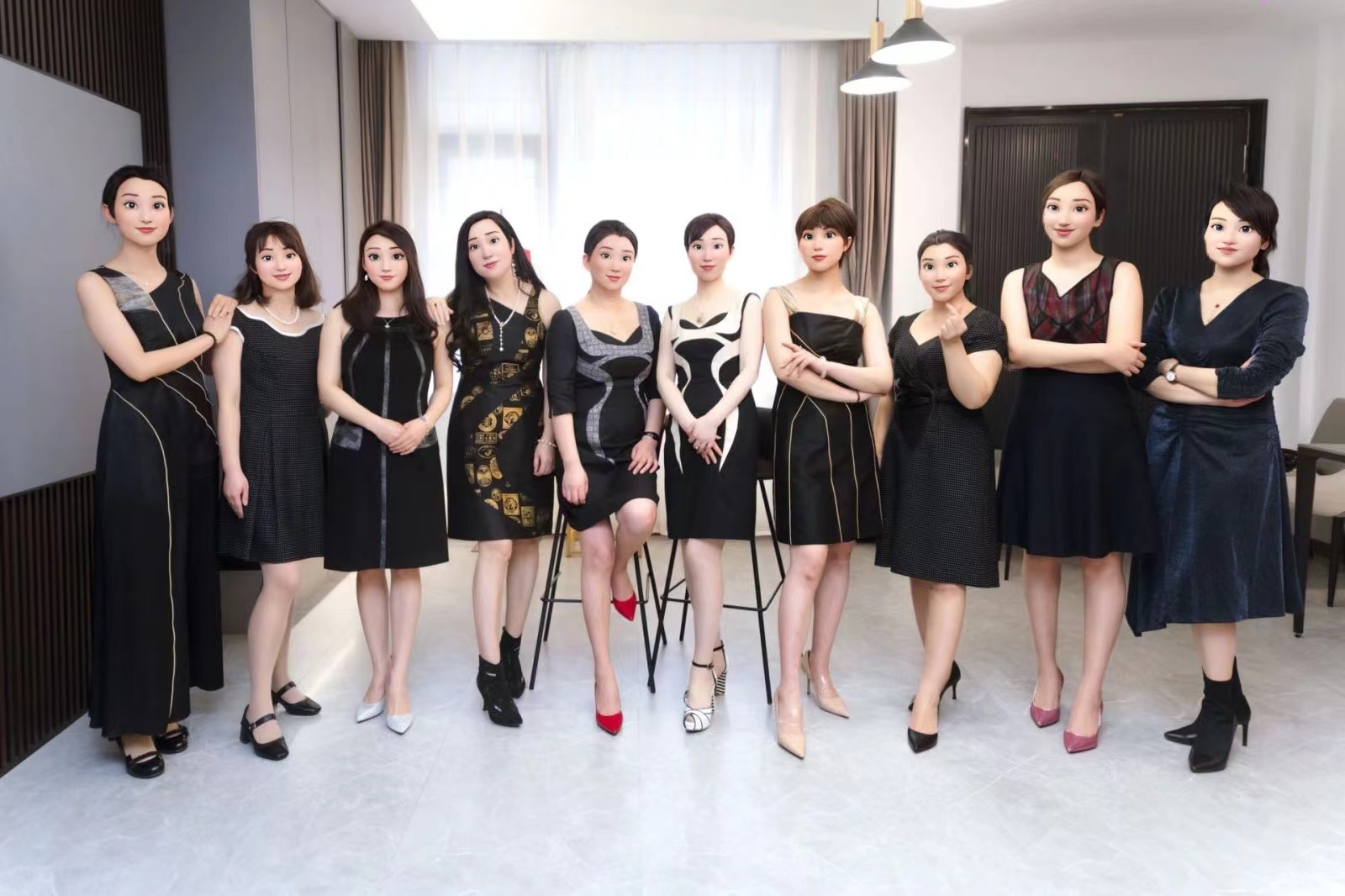We have emphasized repeatedly that the foundation of successful digital transformation in the design and pattern making process lies in the use of structural design, establishing various types of 3D Digital Garment Model in advance. This is the key that even design varies depending on different cutting lines, the actual looseness commonly known as comfort of wearing on consumers can achieve a stable level. Therefore, the use of structural design is also the core of solution for【fit & size】.
Paper is similar with fabric. Many countries have the tradition of making paper art. Here, we take paper art creation works as an example to explain clothes structure. Most 3D paper art requires the use of both kirigami(paper cutting) and origami. The appearance and shape including the 3D infrastructure are established through kirigami(paper cutting) first. After the proportion balance, stability and aesthetics of the infrastructure are confirmed, origami decorations can be added or done directly in the reserved areas. Finally, the appearances are varied according to the theme of creation. The more excellent the basic structure done by paper cutting is, the more complete the decorative effect of origami can achieve. There is a common point in the experience sharing of excellent paper art works creators. Origami is not added at random, but added on the premise of not destroying the balanced beauty of the infrastructure. Sometimes, due to the limitations of the completed infrastructure of paper cutting, the original design scheme of origami will be modified, such as size, shape, adding position, etc., or even finally abandoned. On the other hand, it is rare to modify paper cutting design in order to preserve the design of origami.
Similarly, the basic 3D presentation of clothing is completed by structural lines, just like paper cutting. Any additional elements added to the surface of the garment can be considered equivalent to origami and belong to decorative design rather than basic silhouette structure design.
The core of SdibiT’s solution as well as its expertise is the use of structural design, establishing various types of 3D Digital Garment Model. That is complete various paper cutting accurately and effectively according to creation theme.


The 3D structural lines created under our digital management mode have two big advantages. One is that they can be retrieved and reused. Taking previous shapes and cutting positions as reference, new cutting lines can be created quickly. The other is that most design patterns generated by such kind of cutting lines can combine with each other.
As shown in the attached pictures, even if different paper cutting shapes(patterns) are used in front, back, left and right of the blouse, the silhouette shape and 3D structure still maintain balanced and stable.

We want to make it clear that the application of digital technology can not completely replace experienced craftsmen with superb professional skills. Compared with other manufacturing industries, the fashion industry has more artistic characteristics, and there is no unified standard for aesthetics. Meticulous customized design and craft such as the prestigious handmade suit customization store, will always exist. We believe that while maintaining traditional excellent elements, both customized clothes and ready-to-wear clothes creators should apply digital tech. effectively to create design works which are really needed by the market quickly and accurately.
The image of today’s attachment is an extended secondary creation made by our company’s interns based on the 3D digital garment model in the database. As the example we illustrated in the previous submission, the cutting lines are different in left and right, front and back. The intern worked with the company’s veteran employees with 20 years’ experience in manual draping, and spent 3 hours together to make the full set of pattern and display it in the form of video. It must be emphasized here that because origami is done after standardized paper cutting work, the design elements completed by draping in the designated parts can not only ensure the same wearing effect on ordinary consumers and VHuman, but also can be collected in the database as new design data and be combined with other design patterns, generating countless new looks. In other words, new varieties have been added to LEGO’s decorative parts library.
Digital technology and craft should be integrated more effectively. Digital technology provides accurate location judgment for craft and abundant reference information for brewing new creation. If the new creation is done on the standardized 3D digital garment model, it can be output as a design pattern for production instantly. At the same time, it can be combined with other patterns of the same specification, resulting in countless new looks.
We believe such efficient interaction will form the most critical shock wave, digital design creativity, to promote the digitization of the source of the industry.
Now, every link of the fashion industry chain is facing innovation, especially the design and pattern-making department which is like the brain center of the industry. They have to change their working content and rules. Compared with other departments, they are facing a more difficult problem of thinking transformation.
And it is also an unavoidable process for entrepreneurs seeking digital transformation and development.
Here, I think of a sentence said by Rosalynn Carter, the former first lady of the United States. I was so touched and I’d like to share with you:
A leader takes people where they want to go. A great leader takes people where they don’t necessarily want to go but ought to be.
31st Jul, 2022
